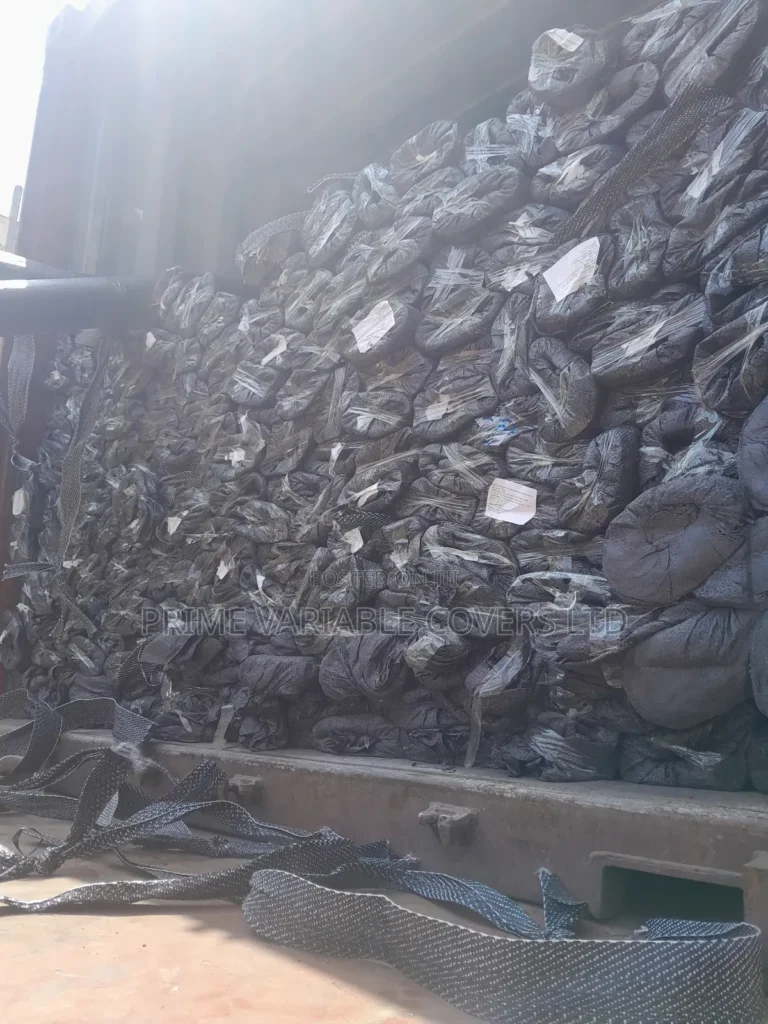Introduction
In the picturesque region of Nelspruit, where the lush landscapes meet the subtropical climate, effective water management is crucial. One of the key components in maintaining efficient water storage and preventing leakage in dams is the use of dam liners. This comprehensive guide will explore the importance of dam liners, their types, benefits, installation processes, and considerations specific to Nelspruit. Whether you’re a property owner, a water management professional, or just curious about the subject, this post will provide valuable insights into dam liners in Nelspruit.
Understanding Dam Liners
What Are Dam Liners?
Dam liners are waterproof barriers used to prevent water from seeping out of a dam or reservoir. They are crucial in maintaining the integrity of the water body by ensuring that water is contained efficiently. These liners are made from various materials, each with unique properties suited for different applications.
Types of Dam Liners
- Geosynthetic Clay Liners (GCLs): These liners consist of a layer of clay sandwiched between geotextiles. GCLs are known for their excellent sealing properties and are commonly used in new dam constructions and refurbishments.
- High-Density Polyethylene (HDPE) Liners: HDPE liners are made from a robust plastic material that offers high resistance to chemicals and UV radiation. They are widely used due to their durability and low maintenance requirements.
- Polyvinyl Chloride (PVC) Liners: PVC liners are flexible and easy to install, making them a popular choice for smaller-scale projects. They offer good resistance to environmental factors but are generally less durable than HDPE liners.
- Reinforced Concrete Liners: For larger and more permanent structures, reinforced concrete can be used as a liner. This type of liner offers high strength and durability but requires a more complex installation process.
- Leak Prevention: The primary function of dam liners is to prevent water from seeping through the dam structure, which helps in maintaining the desired water levels and prevents erosion.
- Cost-Effective: By reducing water loss, dam liners help in conserving water, which can be a cost-effective measure in the long run.
- Easy Maintenance: Modern dam liners, especially those made from HDPE and PVC, require minimal maintenance, reducing the overall upkeep costs.
- Environmental Protection: Properly installed liners help in protecting surrounding ecosystems from contamination by preventing the leakage of harmful substances.
Dam Liners in Nelspruit: Local Considerations
Nelspruit, known for its tropical climate and diverse landscape, presents unique challenges and opportunities for dam liner installation. Here’s what you need to know:
Climate and Weather Conditions
Nelspruit experiences a subtropical climate with a significant amount of rainfall and high humidity levels. These factors can impact the performance of dam liners. For instance:
- Rainfall: The high rainfall can put pressure on dam liners, making it crucial to choose materials that can withstand heavy water loads and potential flooding.
- Temperature Fluctuations: Although Nelspruit has a relatively mild climate, temperature changes can affect the flexibility and durability of certain liner materials.
Soil and Terrain
The soil composition and terrain in Nelspruit can influence the choice of dam liner. For areas with rocky or uneven terrain, reinforced liners or those with higher puncture resistance may be necessary.
Local Suppliers and Installation Services
Finding reliable suppliers and installation services is crucial. Here are a few local resources to consider:
- Nelspruit Dam Liners Solutions: A local supplier specializing in various types of dam liners suitable for the conditions in Nelspruit.
- Mpumalanga Water Management: A regional company offering comprehensive water management services, including dam liner installation and maintenance.
- South African Geosynthetics Association (SAGSA): Provides information and resources related to geosynthetic materials and dam liners in South Africa.
Installation Process
Site Assessment
Before installation, a thorough site assessment is necessary to determine the appropriate type of liner and preparation needed. This involves evaluating the soil type, existing infrastructure, and any potential environmental impacts.
Preparation and Clearing
The dam site must be prepared by clearing debris, leveling the ground, and ensuring that the surface is smooth. Proper preparation helps in achieving a secure and effective liner installation.
Liner Installation
The installation process varies depending on the type of liner:
- Geosynthetic Clay Liners: These are typically installed by placing the GCLs on the prepared surface and overlapping the edges. They are then covered with soil or other materials to secure them in place.
- HDPE Liners: HDPE liners are rolled out and welded together at the seams. The installation requires precise welding techniques to ensure a watertight seal.
- PVC Liners: PVC liners are laid out and welded or glued at the seams. They are flexible and can be easily shaped to fit the dam’s contours.
Post-Installation Inspection
After installation, a thorough inspection is conducted to check for any defects or areas where the liner may have been damaged. Proper sealing and testing ensure that the liner performs as expected.
Maintenance and Upkeep
Routine Inspections
Regular inspections are essential to detect any signs of wear or damage. This includes checking for tears, punctures, or any signs of leakage.
Cleaning and Repair
Maintaining a clean surface and repairing any issues promptly can extend the lifespan of the dam liner. Cleaning procedures should be gentle to avoid damaging the liner material.
Professional Services
Engaging professional services for maintenance and repairs ensures that any issues are addressed with expertise and precision. Local companies like Nelspruit Water Services offer specialized maintenance services for dam liners.
Conclusion
Dam liners are a critical component in water management systems, especially in regions like Nelspruit where environmental conditions pose unique challenges. By understanding the types of liners available, their benefits, and the specific considerations for Nelspruit, you can make informed decisions for your water storage needs. Proper installation and regular maintenance will ensure that your dam liner performs effectively, protecting both the environment and your investment.
For more detailed information and professional services related to dam liners in Nelspruit, visit the local resources mentioned above. Effective water management starts with choosing the right materials and ensuring they are installed and maintained correctly.

